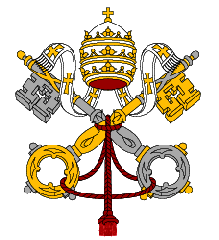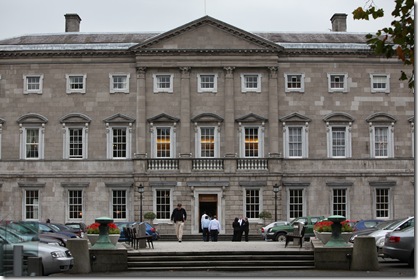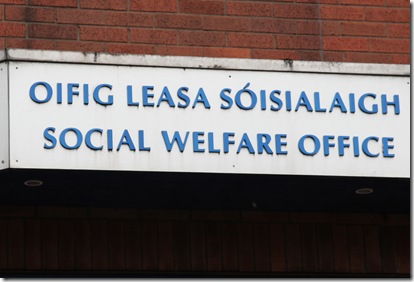The first of the 2010 expenditure cut announcements have been made by Brian Lenihan, Minister for Finance when he indicated that a combination of €3 billion in expenditure cuts and tax increases will be necessary in 2011. Savings of €2 billion are to be derived from reducing the cost of public services and the reform of income taxation. Up to €1 billion has been saved on capital expenditure adjustments.
The Government also propose to spend €5.5 billion in 2011 on additional productive capacity.
Taxation Adjustments
There is little scope for adjustments in marginal income tax rates. Nearly half of all income earners in Ireland will pay no income tax in 2010.
The PRSI funded social insurance fund is believed to be insolvent. The Government now intend to a universal social contribution to be paid at a low rate on a wide base. This will effectively replace PRSI, the Health Levy and the Income Levy. Water charges are likely to be introduced.
Seeding a return to growth
The Irish Government is anticipating a return to economic growth in the second half of this year with a stronger trend becoming apparent next year, led by exports. Job creation of 25,000 next year and 45,000 annually in later years are projected to meet the job requirements of a society that currently has in the region of 450,000 unemployed persons.
Labour Costs
The Government is quick to point out that Ireland is the only member state of the EU where labour costs are falling (-5.25%) but are more reluctant to mentioned that Ireland ranks 26th among the EU-27 in labour cost competitiveness. Negative inflation may take some of the sting out of this goal.
Balance of Payments
The Irish Balance of Payments is projected to move into surplus this year following an adverse trend in 8 of the last 9 years.
Unique character of Irish downturn
The collapse of the Irish economy is a consequence of the wholly undisciplined provision of excessive credit. The Irish population increased overall by 19% in the decade to 2008; the stock of residential units increased by 60% but the credit available to pay for this excess increased by over 500% – all having taken place without effective regulatory supervision by a combination of devious, duplicitous, incompetent retarded morons and dysfunctional imbeciles in charge of banks, all generously indulged with political patronage. The level of Irish taxation derived from the property sector doubled to over 12% in the seven years to 2006. Tax incentives for developers, both of houses and commercial properties, such as hotels, led to huge overcapacity as economically illiterate buffoons built more and more shacks without any marketing rationale.
Much of this credit was sourced on the international money markets rather than being derived from customer deposits. The tax take on these property transactions was very high but it was used to spur an utterly unsustainable level of public spending, especially on welfare – some attributable to unemployment increased but a great deal of it attributable to politicians playing Santa Claus without adequate vetting of welfare spending. Welfare fraud alone is estimated to cost the Irish Exchequer €1.5 billion in 2010.













